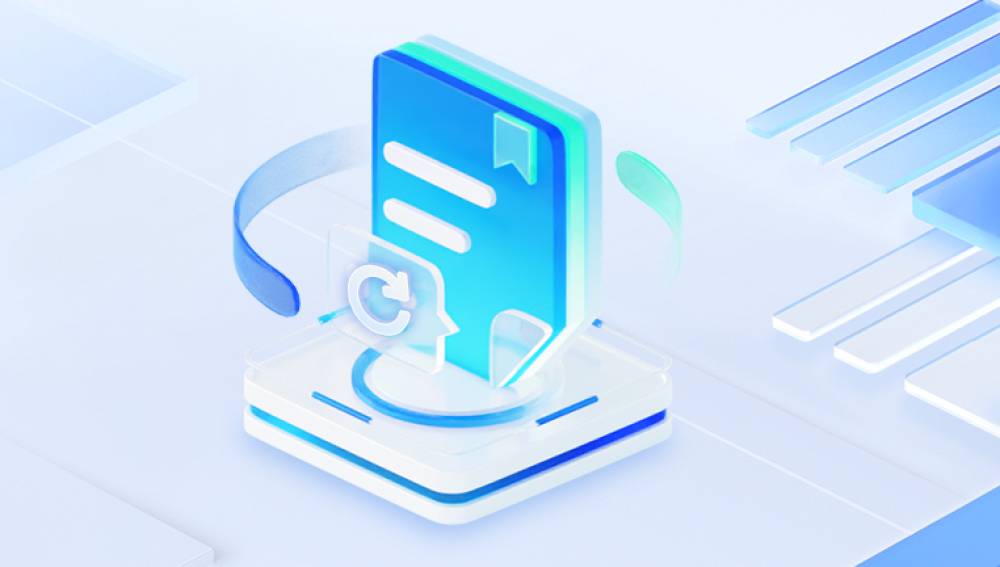Losing important data is one of the most stressful experiences in today's digital age. Whether it’s a hard drive failure, accidental deletion, or a device damaged by water or fire, the loss can be devastating especially if it involves business-critical information, personal photos, or sensitive documents. Fortunately, for those living in San Jose, CA, the heart of Silicon Valley, help is close at hand.
Before diving into costs, it’s essential to understand what data recovery entails. Data recovery refers to the process of retrieving lost, deleted, corrupted, or inaccessible data from storage devices such as hard drives, SSDs, USB flash drives, SD cards, mobile phones, and servers. Common scenarios that call for data recovery include:

Accidental deletion
Formatted drives
Physical damage (e.g., dropped hard drive)
Logical damage (e.g., corrupted file system)
Ransomware or malware attacks
Mechanical failures
Power surges
Data recovery can be simple or complex, depending on the situation. Some cases can be resolved using specialized software, while others require invasive procedures in a cleanroom environment.
Types of Data Recovery Services in San Jose
San Jose offers a wide range of data recovery services, catering to both consumers and businesses. These include:
1. Hard Drive Recovery
Traditional spinning hard disk drives (HDDs) are still widely used and are susceptible to physical and mechanical damage. Recovery services include retrieving data from failed read/write heads, damaged platters, or corrupted firmware.
2. SSD Recovery
Solid-state drives (SSDs) store data differently from HDDs and require specialized tools and knowledge to recover lost data. NAND chip damage, firmware corruption, or controller failure are common issues.
3. RAID Recovery
Businesses often use RAID (Redundant Array of Independent Disks) for data redundancy. When a RAID system fails, recovery is more complex and typically costs more due to the need for precise reconstruction of array data.
4. Mobile Device Recovery
Smartphones and tablets often store valuable personal and business data. Recovery may involve extracting data from damaged or malfunctioning devices.
5. Flash Media Recovery
Flash drives, SD cards, and other portable media are prone to corruption, especially if improperly removed or physically damaged.
6. Server and Enterprise Data Recovery
Larger systems and networks require customized recovery solutions. These are often high-priority and more expensive due to the potential business impact.
Average Cost of Data Recovery in San Jose
Data recovery pricing in San Jose varies significantly depending on the complexity of the issue, the type of device, and the service level required. Here’s a general breakdown:
1. Logical Data Recovery (Software-Based)
Cost Range: $100 to $500
Use Case: Accidental deletion, formatting, or file system corruption.
Turnaround Time: 1–3 days
2. Physical Data Recovery (Hardware Failure)
Cost Range: $500 to $1.500+
Use Case: Damaged read/write heads, PCB failure, motor issues.
Turnaround Time: 5–10 days (faster service incurs additional costs)
3. Cleanroom Recovery
Cost Range: $1.000 to $2.500+
Use Case: Severe physical damage; requires disassembly in a certified cleanroom.
Turnaround Time: 5–14 days
4. RAID/NAS/SAN Recovery
Cost Range: $1.500 to $5.000+
Use Case: Failed or corrupted RAID configurations.
Turnaround Time: 5–15 days
5. Expedited or Emergency Service
Cost Range: Add $500–$2.000 to base cost
Use Case: Immediate or 24-hour recovery needed.
Turnaround Time: 24–48 hours
It’s important to note that these are estimates. Most recovery services in San Jose will provide a free initial consultation or diagnostic to determine the exact problem and give a formal quote. Be wary of any service that offers a flat rate without examining the device first.
Factors Affecting Data Recovery Cost
Several key variables influence how much you’ll pay for data recovery:
1. Type of Damage
Physical damage tends to be more expensive than logical failures due to the tools and expertise needed.
2. Device Type
Recovering data from SSDs and RAID configurations usually costs more than from standard HDDs due to complexity.
3. Storage Capacity
Larger drives contain more data, which can increase processing time and cost.
4. Turnaround Time
Rush services can significantly raise your bill.
5. Success Rate
Some companies charge only if data is successfully recovered (no data, no charge), while others may bill for labor regardless of outcome.
6. Parts Replacement
In some cases, replacement parts may be needed, particularly with older or rare devices.
Choosing the Right Data Recovery Service in San Jose
With so many options in Silicon Valley, selecting the right provider is crucial. Here are the key criteria to consider:
1. Certifications
Choose a service with ISO-certified cleanrooms and experienced engineers. Look for companies with ISO 5 (Class 100) cleanrooms for physical recovery.
2. No-Obligation Diagnostic
Reputable companies offer a free diagnostic to assess the problem and provide a quote.
3. Transparent Pricing
Avoid companies that quote a suspiciously low flat rate without inspection. Ask for itemized pricing if available.
4. Success Rate
Look for companies that disclose their recovery success rate—ideally over 90%.
5. Customer Reviews
Check Google, Yelp, and BBB ratings. Be cautious of fake reviews or repeated similar comments.
6. Data Security
Your data is sensitive. Ensure that the provider complies with data privacy regulations and offers secure handling.
7. Turnaround Options
Some providers offer tiered service levels—standard, expedited, and emergency—to fit your budget and urgency.
Popular Data Recovery Companies in San Jose
Here are a few well-reviewed options in the San Jose area:
Drecov Data Recovery
Drecov Data Recovery is a specialized service designed to help individuals and businesses retrieve lost, deleted, or inaccessible data from various storage devices. Whether your files were accidentally deleted, corrupted by malware, or lost due to hardware failure, Panda offers a reliable and user-friendly solution. The service supports recovery from hard drives, SSDs, USB drives, SD cards, smartphones, and more.
What sets Drecov Data Recovery apart is its intuitive interface and powerful recovery engine. Even users with minimal technical expertise can navigate the software to scan and preview lost files before deciding what to recover. For more complex cases, Panda also provides professional in-lab recovery services where experts use cleanroom environments and advanced tools to retrieve data from physically damaged or non-responsive devices.
Security and privacy are top priorities for Drecov Data Recovery. All data is handled confidentially, with encryption protocols in place to protect sensitive information during the recovery process. The service also operates on a "no data, no charge" policy, ensuring peace of mind for customers concerned about value.
Each provider differs in service offerings, so it’s worth calling a few to get quotes and compare options.
Questions to Ask Before Committing
To avoid unnecessary expenses and ensure the best outcome, ask the following:
Do you offer a free diagnostic?
Is there a charge if no data is recovered?
What is your success rate with this kind of failure?
Do you have a cleanroom for physical recoveries?
How long will recovery take?
Is my data kept confidential and secure?
Will I receive a list of recoverable files before paying?
Tips to Reduce Costs
While data recovery can be pricey, there are ways to keep costs down:
Avoid DIY Fixes
Opening a hard drive outside a cleanroom or using random recovery software can worsen damage.
Act Quickly
Continuing to use a failing drive increases the risk of permanent loss.
Backups Save Money
The most cost-effective recovery is not needing one at all. Regular backups can prevent high recovery bills.
Use Local Services
While mail-in services are available, local San Jose firms may offer quicker diagnostics and avoid shipping delays or risks.




